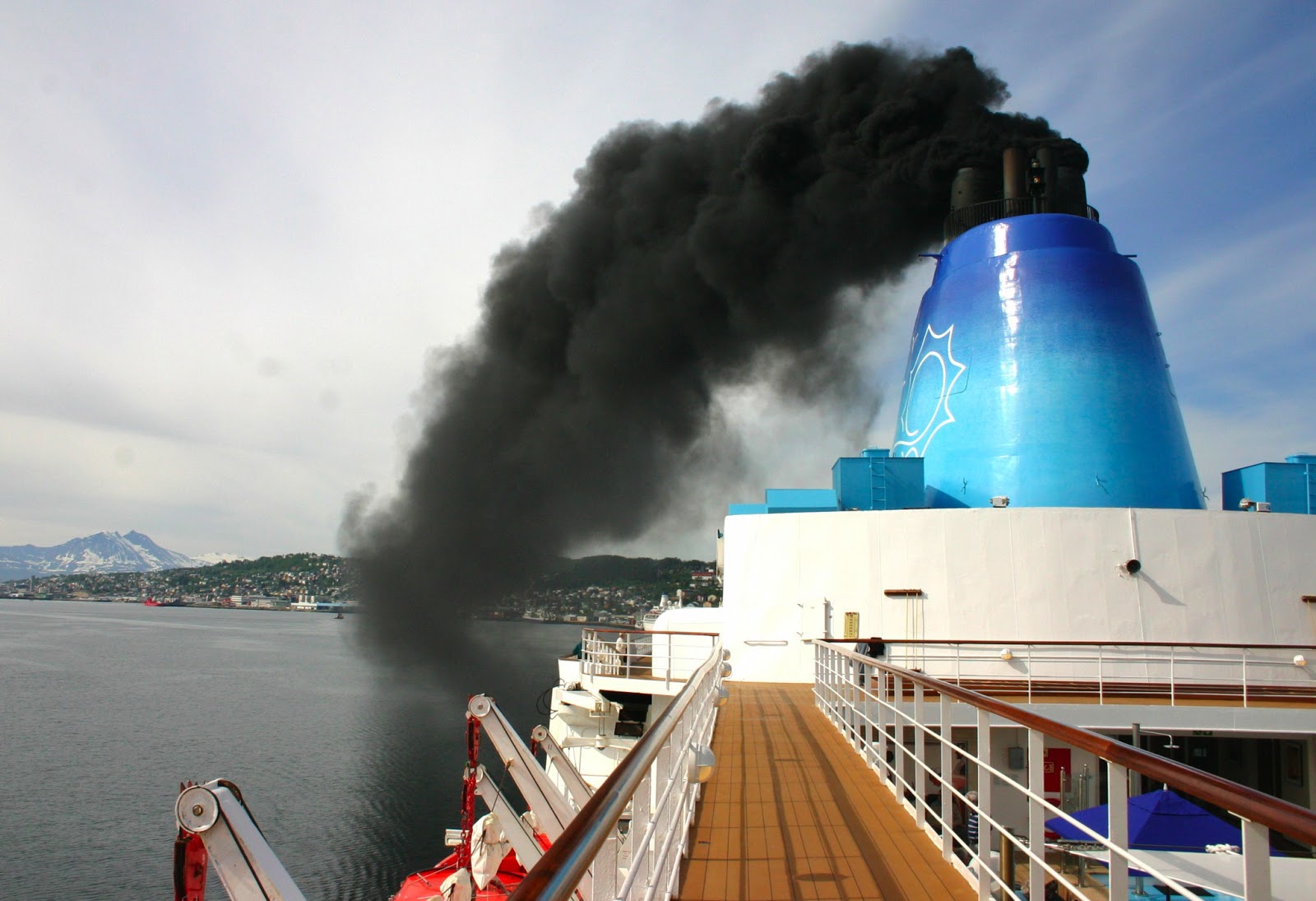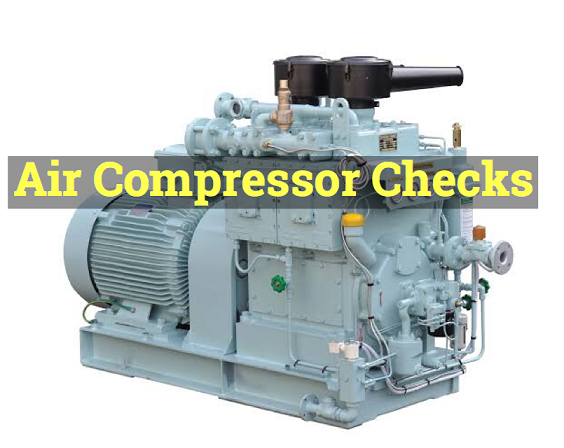This article discusses about Ships Exhaust Emission Control , thus reducing the air pollution caused by them. Annex 6 of MARPOL is all about the emissions that are getting out from the ship, particularly Nox and Sox. Let’s read this piece of information for further knowledge.
Ships Exhaust Emission Control
Sources of Air Pollution from Ship
1 Ozone depleting substances like halogens or Chloro-Fluro-Carbons (cfc).
2 Nitrogen oxides (Nox) found in emission from diesel engines
Sulphur dioxide emissions (sox) due to combustion of High Sulphur Fuels.
4 Volatile organic compounds (Voc) that are released by certain cargoes carried in oil tankers, chemical tankers or gas tankers.
5 Incineration of waste material.
6 Ozone Depleting Substances
7 Use of ozone depleting substance is prohibited in new installations on ships.
8 Use of halogens for fire fighting and CFC in refrigeration system may be permitted on existing ships.
9 Use of Hydro-chloral-fluro-carbons (HCFC) in equipment installed before 1st January 2020 may continue in service.
What is Nitrogen Oxide (Nox)
Control of NOx is applicable to Diesel engines of more than 130 kW installed on ships constructed on or before 1st January 2000. It is not applicable to equipment’s used solely in emergency, e.g.,
emergency generator, emergency fire pump or life boat engine. Controls are applicable if an engine undergoes a major conversion after 1st January 2000.
Emission is calculated as the total weighted emission of Nox, based on the engine speed and power. It should be within following limits. 17.0 g / kWh, if the engine speed (n) is less than 130 r.p.m.45.0 xn0.2 g / kWh, if the speed (n) is between 130 and 2000 r.p.m. 9.8 g / kWh, if the speed (n) is 2000 Revolution per minute (RPM) or more.
Operation of engines with exhaust gas cleaning system to reduce on board emission to above limits is permitted. Ships Exhaust Emission Control, monitoring and recording devices be fitted.
What is SOx Emission?
SOx emission is controlled by limiting the sulphur content in the residual fuels that are used on ships to 4.5%m/m. When Sulphur content residual fuel supplied to all ships, the levels should be monitored. Emission control area include the Baltic Sea, North Sea such other area which may be designated by IMO, subsequent to requests from the contracting state administration, supported by relevant studies and data.
Ships operating in Sox emission control areas should not use fuel oil with Sulphur contents exceeding 1.5% m/m. Alternately, exhaust gas cleaning system as per IMO guide lines may be installed which reduces SOx emission from main & auxiliary boiler to 6.0 g SOx / kWh or less.
If the ship uses two grades of fuel oils, change over to low sulphur fuel oil should take place well before entry in to the control area.
Fuel oil delivery notes issued by the suppliers shall be preserved on ships for duration of at least 3 years. Sealed fuel oil samples, signed by the supplier and ship’s officer shall be retained till the fuel is subsequently consumed or 12 months, whichever is more in this case.
The delivery note shall contain information in the product name, quality, density at 150C and sulphur content.
Fuel oil should be free from inorganic acids. It should not include added substances or chemical waste, which will or may affect safety of the ship, working of machinery, well being of personnel or cause additional air pollution. Government or administration shall monitor and manage the fuel oil supplier in their state. This is another Ships Exhaust Emission Control element.
Emission OF VOCs
This is regulated by port administration. Size of the tankers and types of cargoes shall be specified in the notifications issued for this purpose. Control system should be provided by the port or terminal. Tankers ships which are required to use such control systems, should provide vapour collection system and use the same during loading of cargoes.
This regulation applies to all carriers when the loading and containment system allow safe retention of non-methane VOCs on board or their safe return ashore. Another Ships Exhaust Emission Control method.
Incinerator Emission
The incinerator shall operate within following limits. Oxygen in furnace or combustion chamber is to be 6 – 12 % Carbon monoxide in flue gases – 200 Mg / MJ Soot number which is Bacharach 3 or Ringelman 1 – (20% Opacity)
Higher number accepted during short starting up periods. Combustion chamber flue gas outlet temperature 850-1200 degree Celsius.
Onboard incineration of these substances is prohibited
- Residues of cargoes covered under annexes I, II and III and related contaminated packaging material.
- Polyclorinated biphenyls (PCV).
- Garbage that are containing more than traces of heavy metals in them.
- Those Refined petroleum products which are containing halogen compounds.
- Incineration of sewage sludge and oil sludge in main or auxiliary boilers is permitted except when the ship is inside ports and harbors.
Incinerator should be operated by trained personnel. Flue gas temperature should be monitored at
all times for Ships Exhaust Emission Control . Waste should not be fed in to a continuous feed incinerator when the temperature is below 850 degree Celsius. For batch loading of incinerators, the combustion chamber temperature should reach 600 degree Celsius within five minutes after start up.
Contracting government should provide reception facilities in their ports for Ozone depleting substances during ship repairs and ship breaking and exhaust gas cleaning residues, which may affect marine environment. This was all about Marpol Annex 6.




